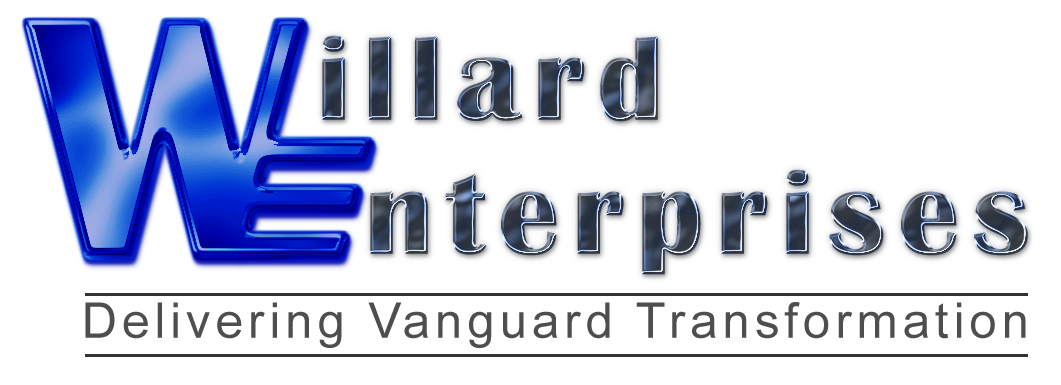Providing programme transparency (IT or otherwise) can be accomplished in a number of ways but for the most part it just boils down to one, clear open communication. Stick to your word. If you say you will send an update weekly on a Monday, it doesn’t matter if you have a personal emergency or are on a holiday, you must make sure someone sends that message on your behalf, it maintains your credibility.
I have found that providing clear and open communication across the lifecycle of a project not only helps in ensuring a timely successful delivery, but significantly reduces the rumour mills and the inherent pessimism that is normally associated to programmes. It is difficult to maintain in the beginning, but perseverance is key.
In order to ensure that clear communication is manageable, businesses must first agree and share with all their staff the end to end delivery process. Ideally this is the same process regardless of which department is responsible for delivery (the details change depending on the departments involved). The basic structure of a project is always the same regardless of department:
- Idea (for change or new service)
- Request new solution
- Design solution
- Create business case
- Review business case
- Build solution
- Test solution
- Approve solution
- Rollout solution
- Support service
I have never witnessed a successful programme delivery team in a business that didn’t religiously follow these very basic steps or tollgates. At a minimum the 10 tollgates listed above should be considered commandments for success.
Regardless of whether or not this is an enterprise-wide process or not, at a minimum, it must be reviewed with all departments using it. This ensures that all vested parties are on the same page and that staff understand how a project will affect them. For instance, if someone is told that a request is in Stage 6, that person needs to understand that currently the solution is being built and once it is complete, someone will be required to test it. This shows that the request is being worked on versus indefinitely sitting in somebody’s inbox purgatory and allows other departments to schedule their resources in advance.
In order to provide an adequate level of transparency, there are certain project prerequisites that if defined and approved make delivering programme transparency simpler. All people associated with projects within an organisation including contractors must be adequately trained on these prerequisites:
- Project delivery / Request tollgates
- Programme governance model, which contains:
- Board level approval range delegations
- Prioritisation matrix
- Authorised sponsors
- Project approval criteria
There are many templates that can be created for successful project tollgate transitions. The extent spent on providing detailed documentation within each tollgate differs from business to business and heavily depends on the scale of the change, business impact, and frequency of requests processed and what the business requires from an audit and support perspective. Complexity and scale are regularly agreed during the build business case stage.
It sounds simple and in principal it is, but providing programme transparency only means managing your sponsor’s expectations and ensuring all people associated with the project, including the project sponsors, have what they feel is sufficient communication during the delivery process. It includes when to expect communication during the entire delivery schedule, and when to flag potential risks, enabling the stakeholders to support the cycle through risk mitigation and take corrective actions as necessary.
Very much in line with the detailed documentation necessary to complete a project, the communications plan is also created on a project by project basis and should be agreed when developing the business case.
These are my thoughts, do you agree? I, as well as many of the other readers, would be interested to read your opinion.
Through Willard Enterprises, I specialise in helping businesses achieve successful lasting change through IT transformation, smart sourcing arrangements and IT programme transparency. As always, if there is something I can do to help your business or someone you know deliver their next challenge, please contact me for more information.

Totally agree. Communication and Transparency are key to Programme Delivery (as well as being able to successfully manage stakeholders who are not always on side).
It is not often you see the essence of successful Programme Delivery encapsulated like this and it is always worthwhile remembering the essentials of Programme success. Good discussion point Buddy,
By Graham Yellowley